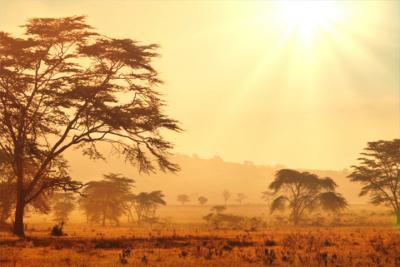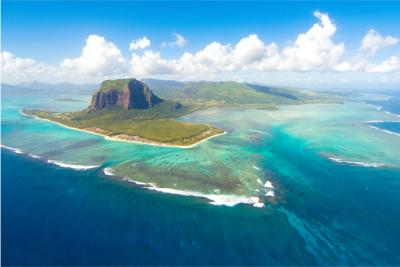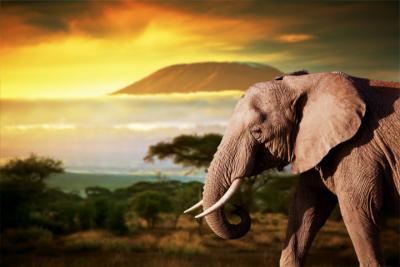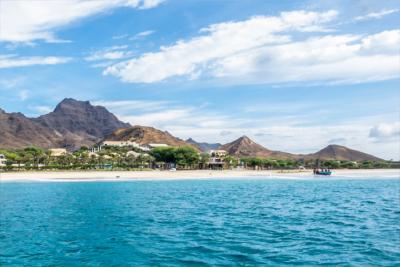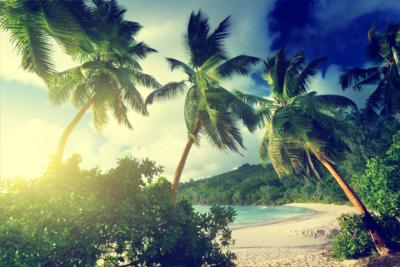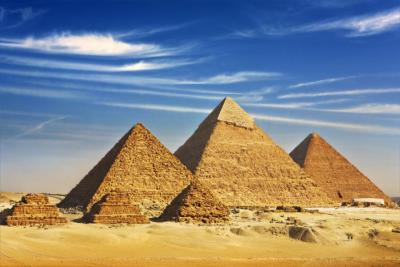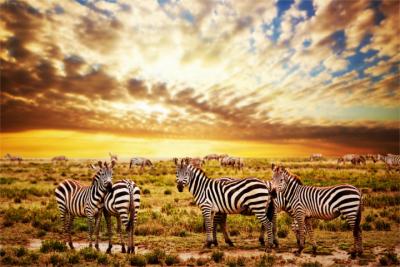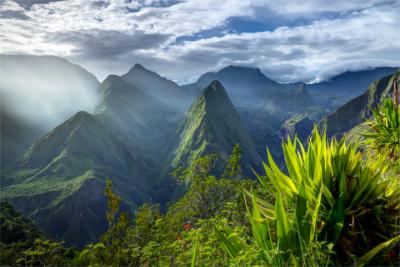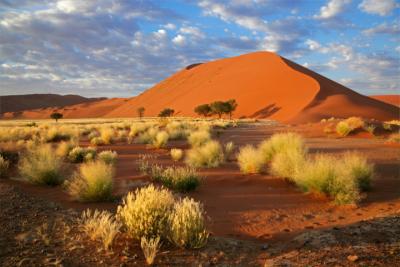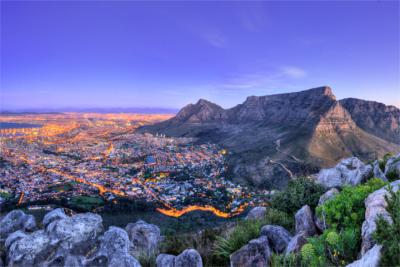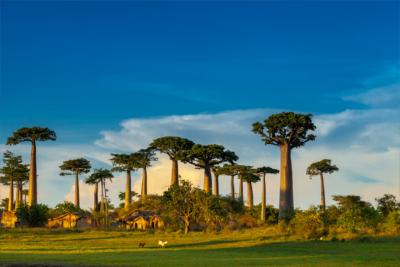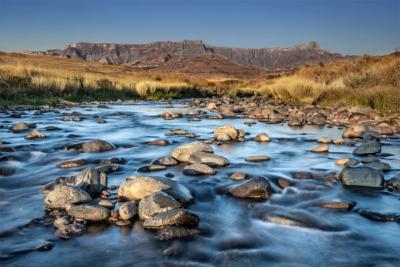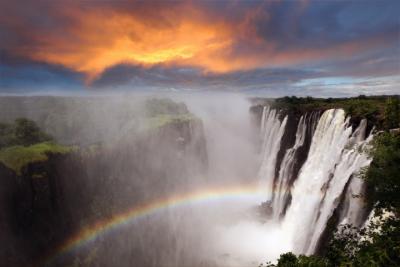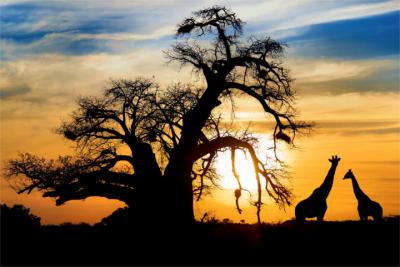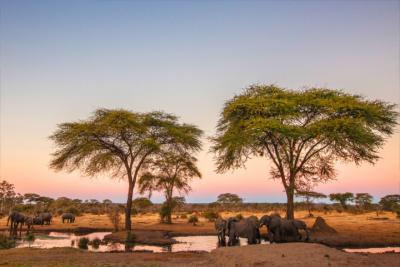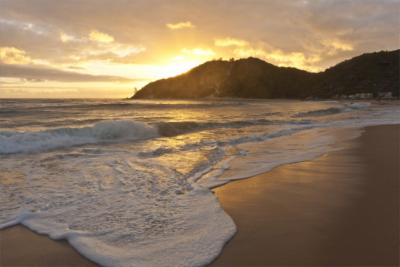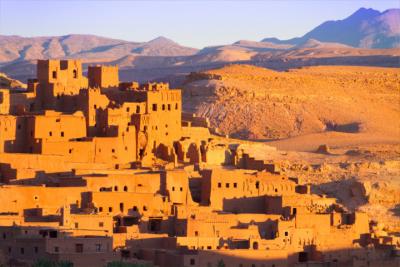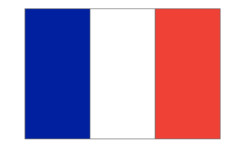Travel Offers
Travelmyne Featureprint
Distance
Réunion - French Wilderness Overseas
The Piton de la Fournaise is one of the most active volcanoes on earth and takes adventurers' hearts by storm. Lava flows, pointy rock caves and a green tropical forest make the small island in the Indian Ocean the ideal travel destination for nature-loving discoverers.
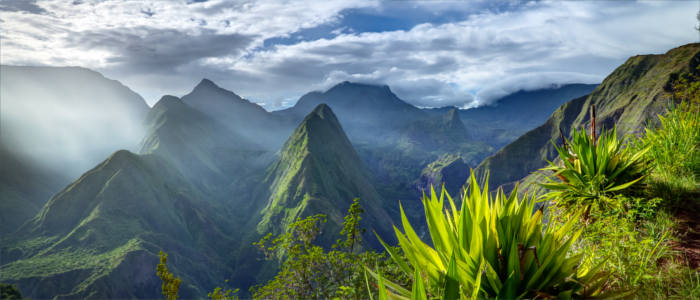
Geography - The "island of reunion" in the south
Réunion (French: La Réunion) is a small island in the Indian Ocean and lies east of Madagascar. The French overseas department belongs to the island group of the Mascarene Island and is the southernmost part of the European Union. The English translation of the island's name is "island of reunion". Due to its proximity to the equator, the climate is mainly tropical but the great altitude differences in the small area cause great temperature differences. The year consists of a rainy and a dry season. In February, when it is summer on the island, it is 26 °C on average. In the cold season in August, it is still 21 °C warm. Réunion has about 300 sunny days per year.
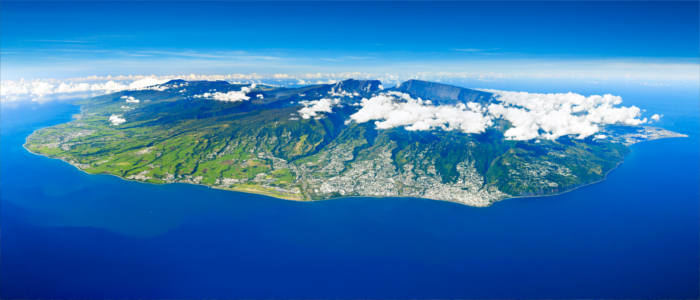
Nature - Volcanic island in front of Africa
Geographically speaking, the small island belongs to Africa but with regard to politics, it is a French overseas department. The rocky island is the gigantic top of a volcanic ring which used to be located under the water surface. The island's adventurous past is apparent from its exciting landscape to the present day. Sharp-edged mountains, nearly inaccessible plateaus and bubbling volcanoes alternate with wild primeval forests and curved river courses. Behind the green tropical forest in front of the coast, you see white and black sandy beaches which invite visitors to relax. About 40 percent of the exciting island are part of the UNESCO World Natural Heritage. Its bodies of waters are populated by gigantic whales, tiny starfish and numerous sharks. The island's main attractions, however, are the mountains and volcanoes. The Piton des Neiges ("snow peak") is 3,069 metres high, which makes it the highest peak in the Indian Ocean as well as a challenge for mountaineers. Only the Piton de la Fournaise ("peak of the furnace"), one of the world's most active volcanoes, is more impressive. Eruptions occur about three times a year but so far, the ash clouds and hot lava flows have been harmless and calculable. Nevertheless, the eruptions are unique natural spectacles which can only be watched at close range in a few places on earth.
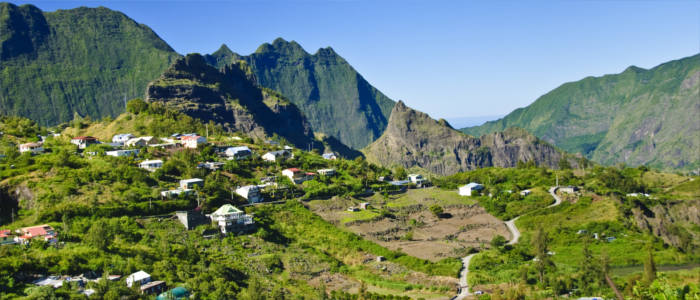
Natural sights - A lava flow in the tropical paradise
A hike to the Piton de la Fournaise, the best-known volcano on the island, is an absolute must for many travellers. Although the volcano erupts regularly, trips to its lava flow or the viewing platform at the crater rim are harmless. Of course, appropriate behaviour, non-slip shoes and caution are always advisable on such an adventure. The Route National is often called "Grand Brûlé" by the locals because it is regularly flooded by the surrounding lava fields and has to be renewed time and time again. Other attractions are the aquarium, the botanical garden and a rescue and nursing centre for tortoises. Since there is no mass tourism on the small island, it is a great idea to explore the primeval forests, waterfalls and lagoons under your own steam. Travellers will not have any difficulty finding helpful inhabitants who can give them tips. The island's beaches are also worth a visit. You find bathing beaches in front of the bathing resort of Saint-Gilles-les-Bains and black sandy beaches in L'Étang-Salé. There is a fantastic natural stone basin near Grande Anse.
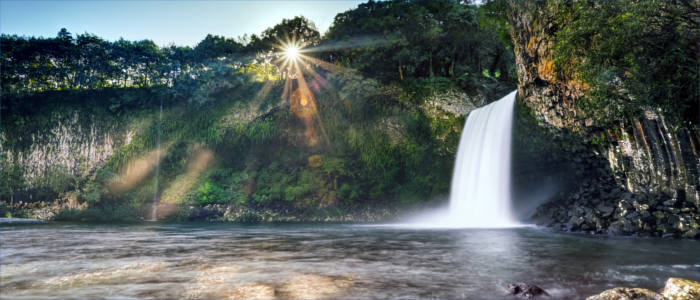
Culture - The history of bourbon vanilla
We find it in pudding, as sugar or in sweet pastries - bourbon vanilla. But what does the delicious pod have to do with Réunion? The answer lies in the island's past. Louis XIII of France once came to the island in the Indian Ocean and named it after its house and noble family Île Bourbon- "island of the Bourbons". During the settlement of the new overseas territory, the settlers discovered the pods and their aromatic pulp. They shipped vanilla to their home country, where it was sold as bourbon vanilla from the Île Bourbon. While vanilla has kept its name to the present day, the island was renamed "Réunion". As a French overseas department, it is part of the European Union and has the same standard of living as France. The spoken language on the island, however, is a Creole language which combines French and Arabic.
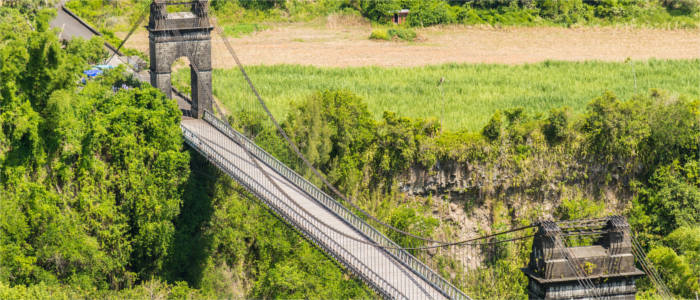
Cultural sights - Charming fishermen's villages at the seaside
Popular tourist destinations are the capital of Saint-Denis, the bathing resort of Saint-Gilles and the southern centre of Saint-Pierre. Cilaos, a small mountain village in a beautiful landscape, is another common location. It is not only characterised by mountain charm but also by hot thermal springs. In the fishermen's village of Saint-Leu, you are served delicious fish dishes prepared with freshly caught fish from the sea.
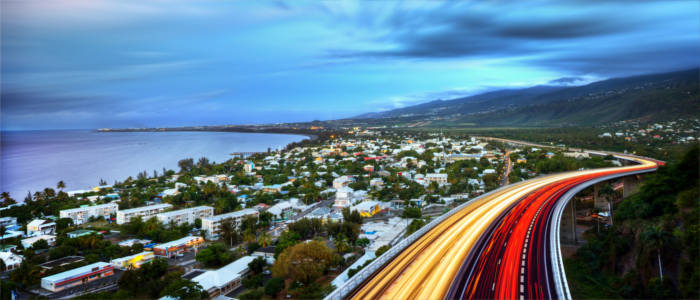
Experience - Cari, fish and beach markets
The Creole cuisine is very common on the island but French dishes are served too. The national dish is called "cari" or ("carry"). Meat or fish is fried and served with a vegetable sauce, ginger and oriental spices. You can buy fresh fruit and fish on the weekly markets. Some of them take place directly at the beach. You can also buy the delicious island rum and the aromatic vanilla in the market hall of Grand Marché in Saint-Denis. Whale lovers should visit the island between June and October. During this time, you can watch humpback whales from the beach.
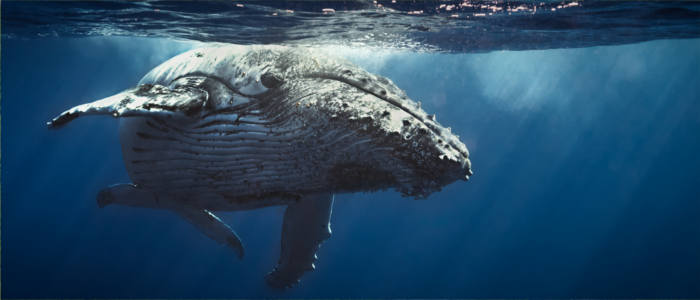
Activities - Small but mighty
Although the island is relatively small, it offers a wide range of leisure activities. Swimming, sunbathing, sport fishing and doing water sports are at the top of the list. Surfers should note that shark attacks have occurred in the past. Therefore, not all parts of the coasts are opened to surfers. On shore, you find a network of 1,000 kilometres of hiking trails. Holidaymakers can even book canyoning tours directly at a waterfall. Climbing tours, volcano ascents and paragliding are popular as well. Golfers and horse riding fans do not go short either.
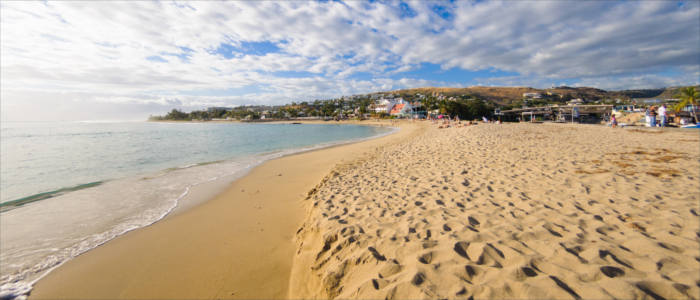
Information
The best time for travelling Réunion is the dry season between May and November. Humidity is not as high any more and the temperatures are pleasant. The period from January to April is less suited because strong cyclones often occur during that time.
Réunion's adventurous landscape and the wild ocean offer an extraordinary seaside experience. Individualists and travellers who are looking for relaxation will enjoy themselves here far away from mass tourism.

